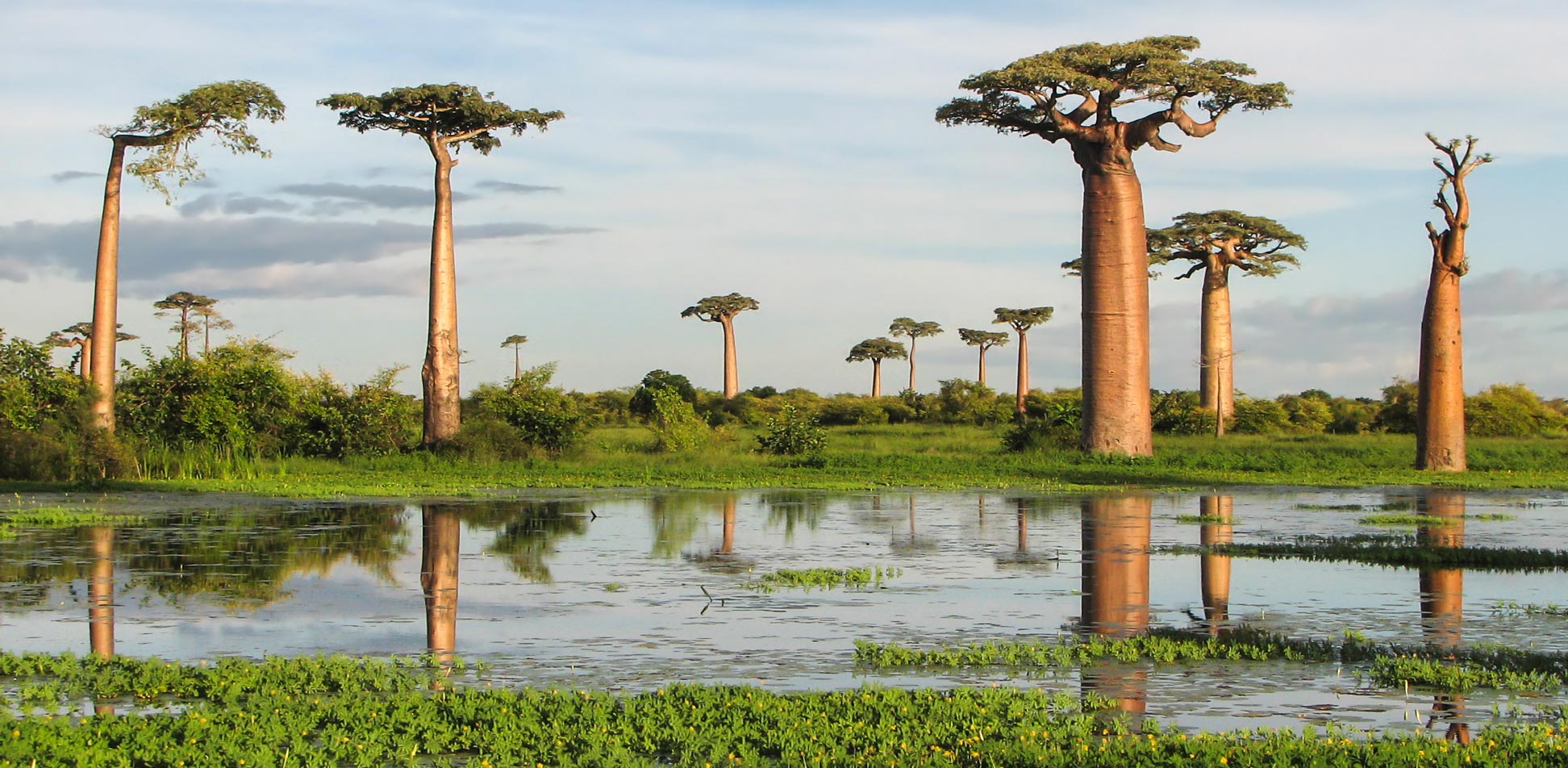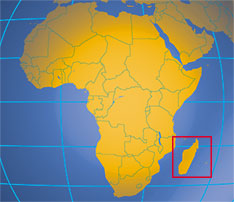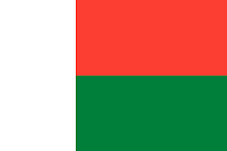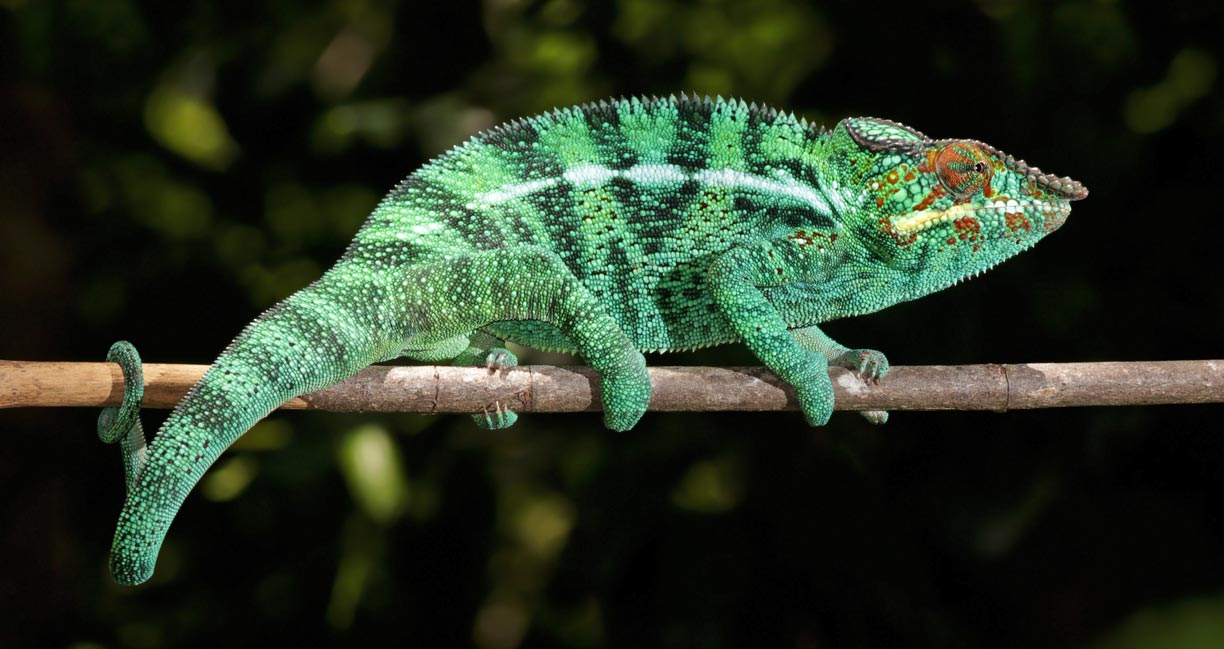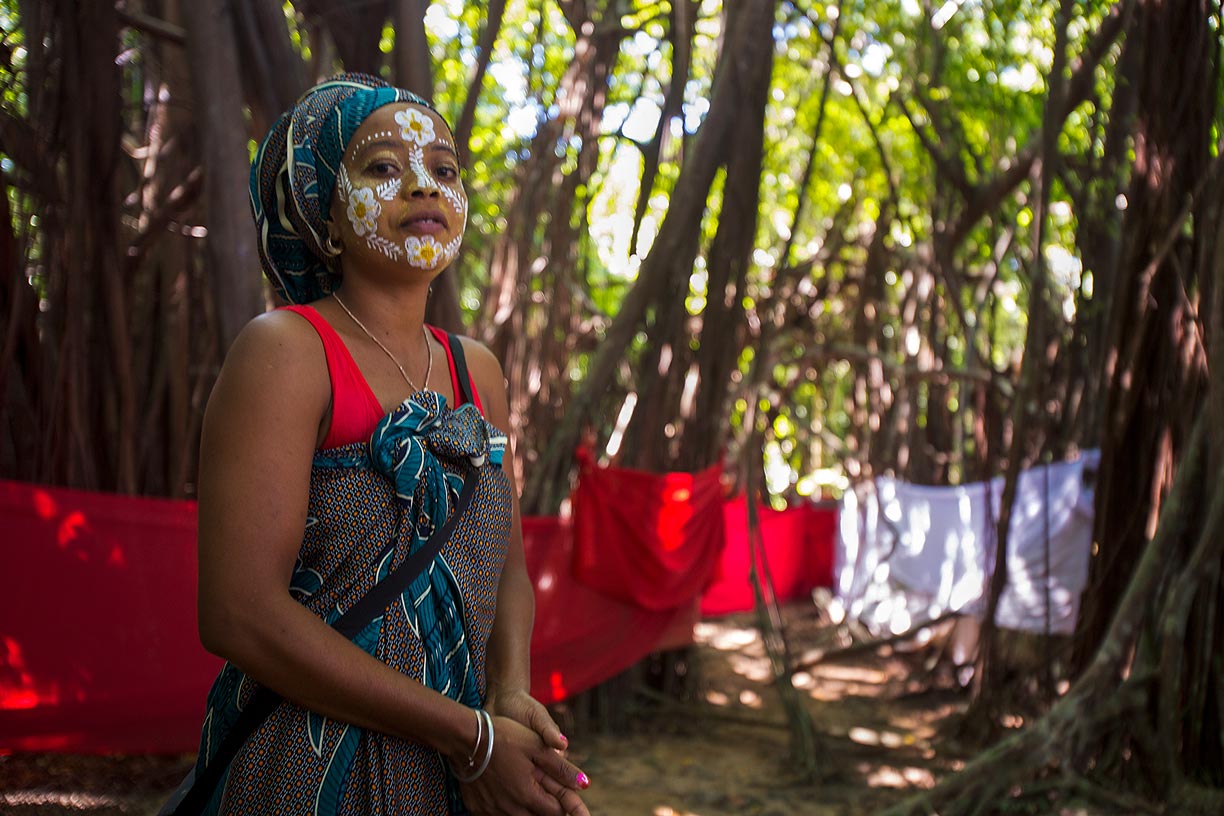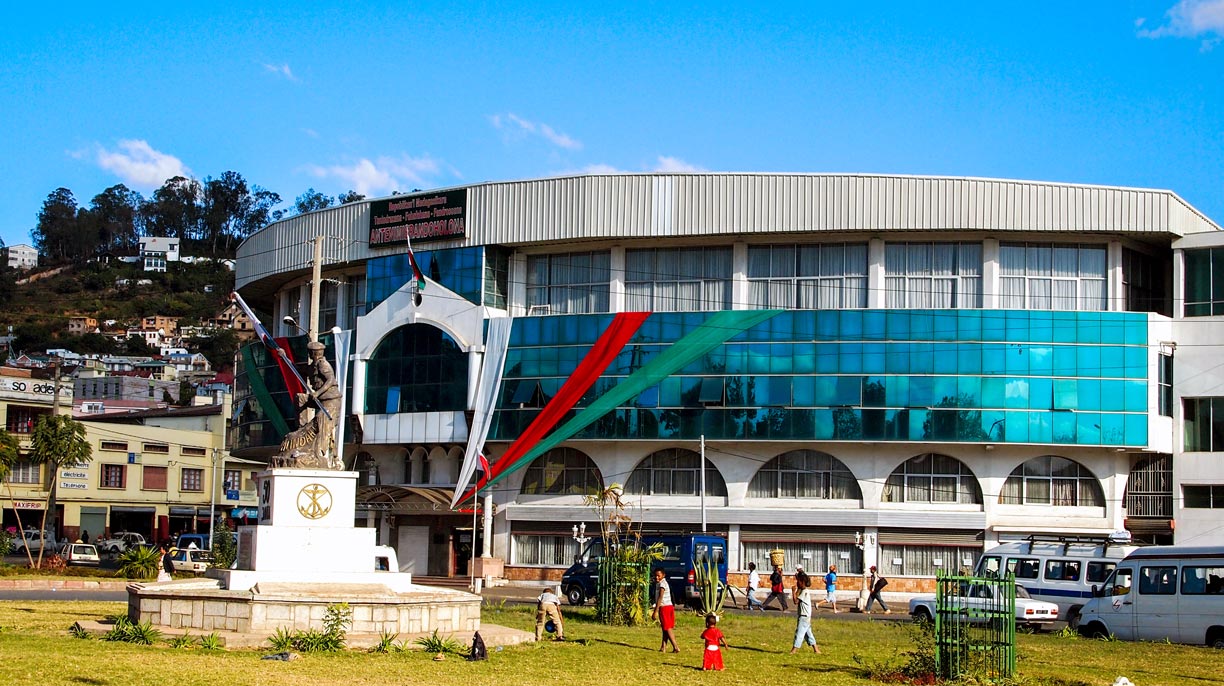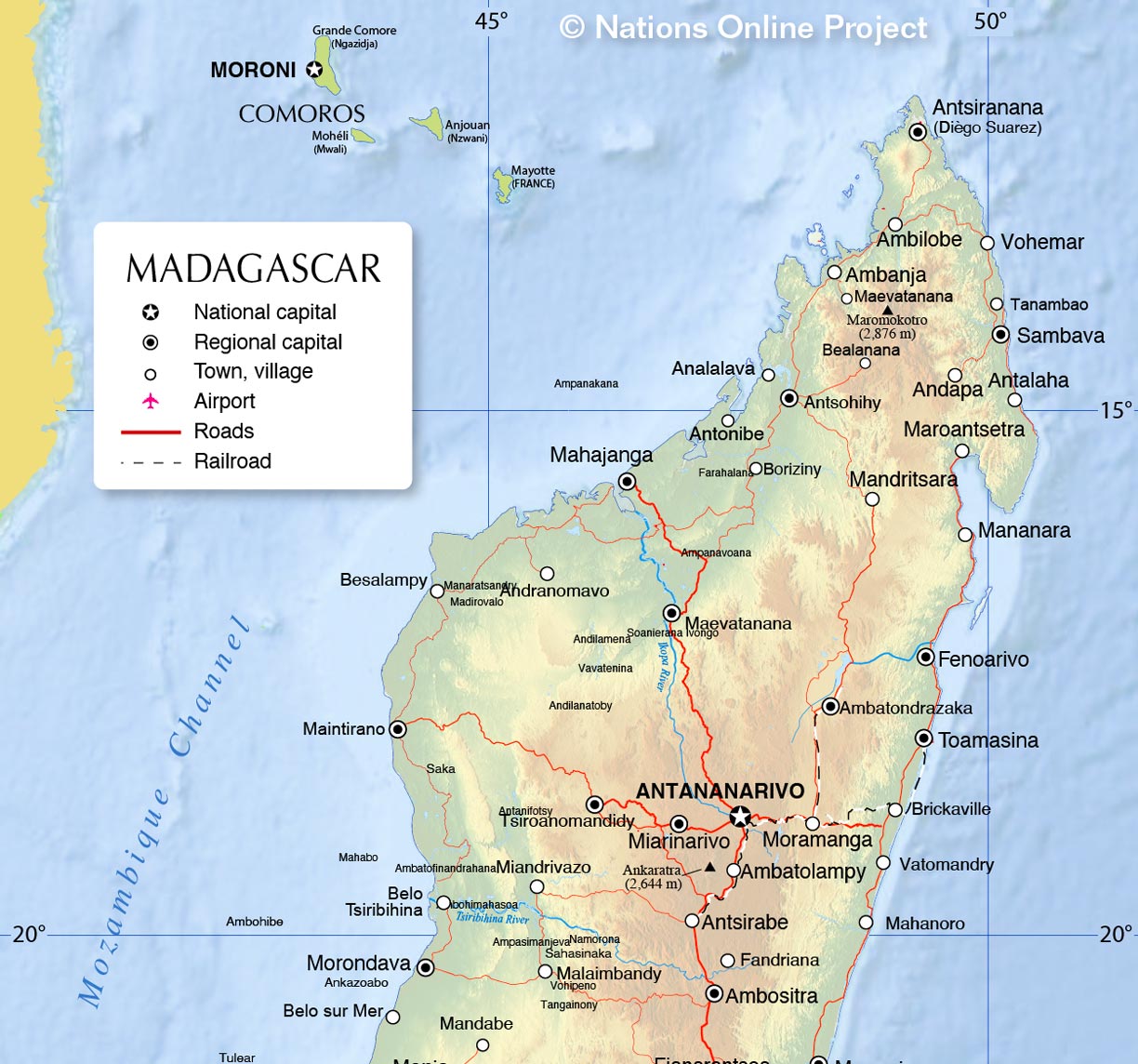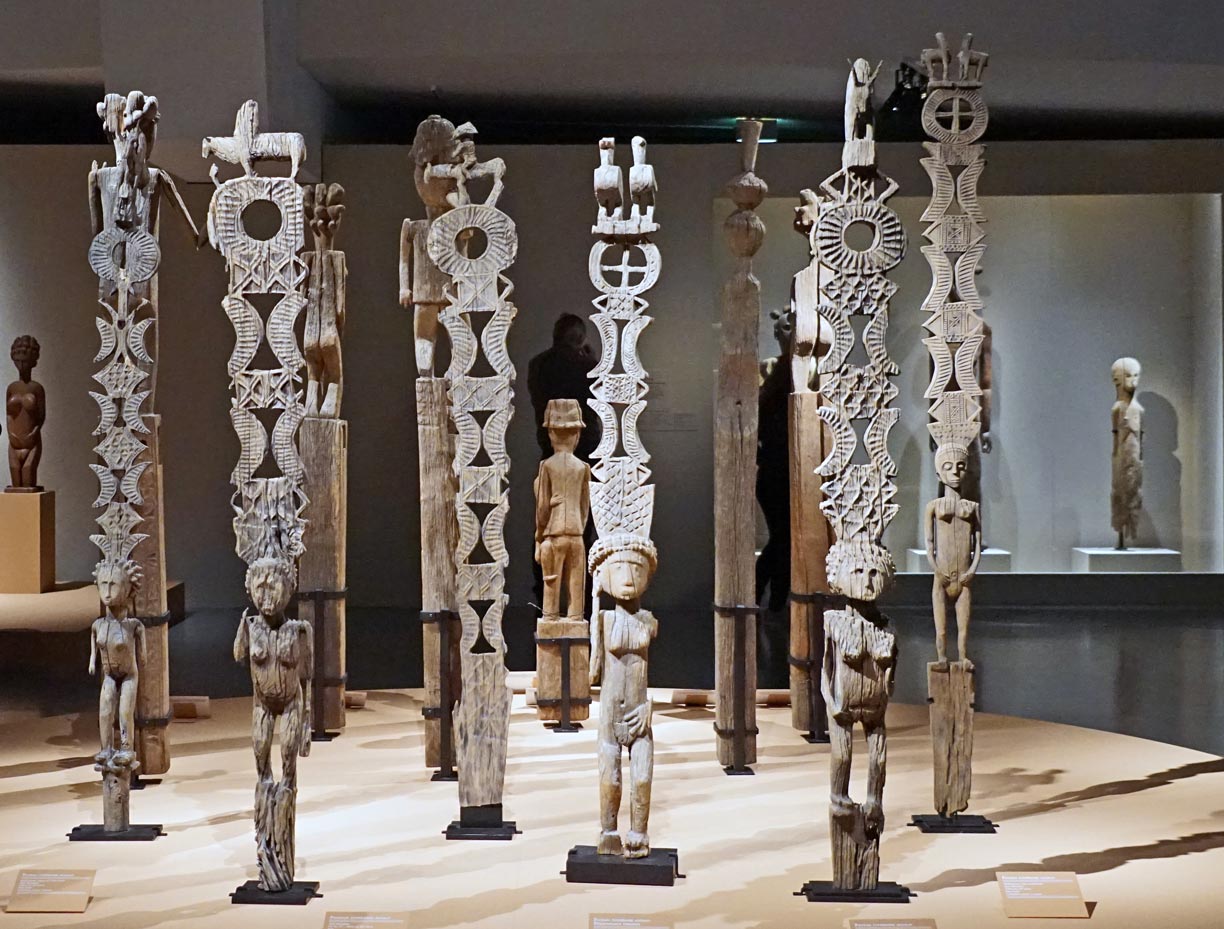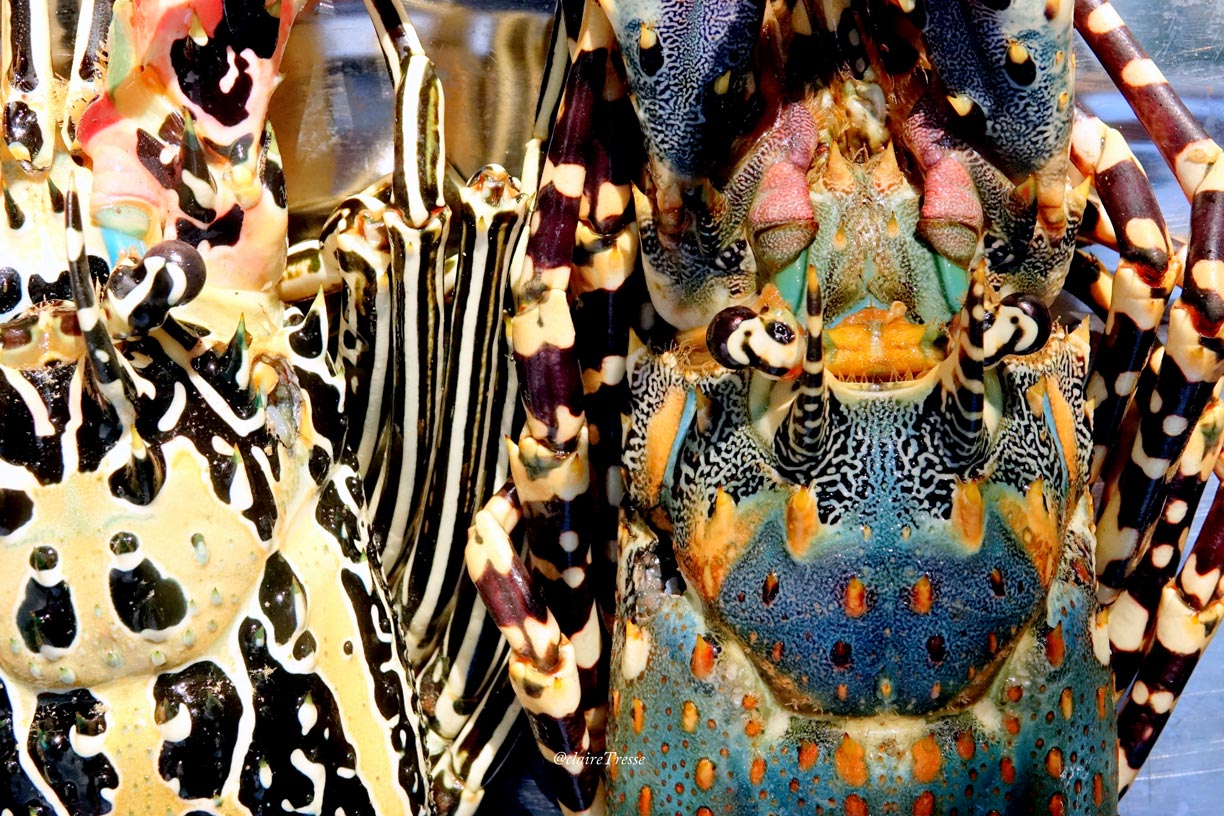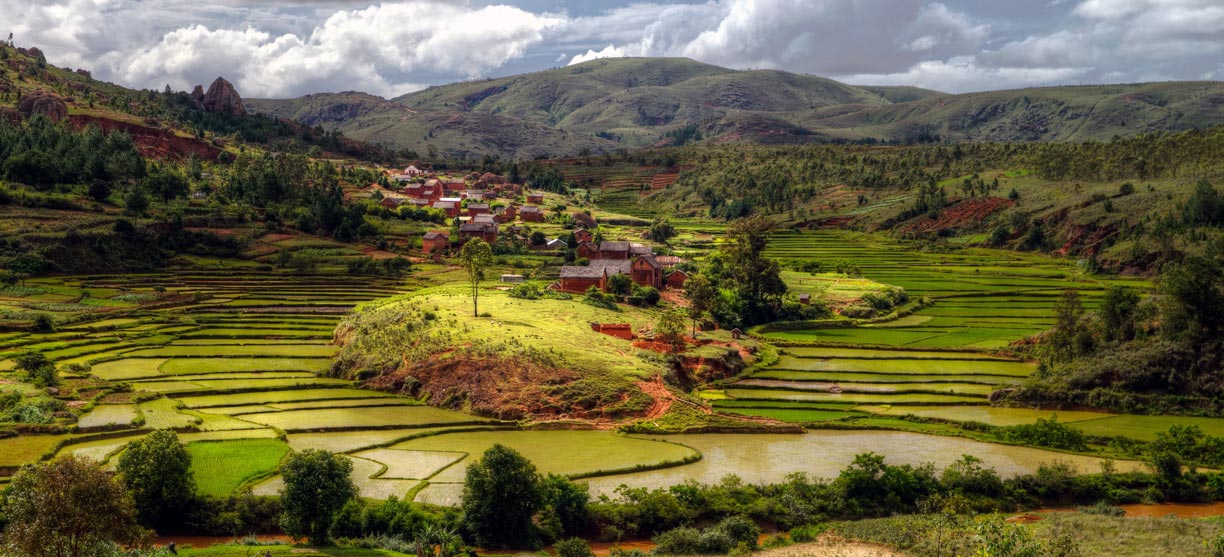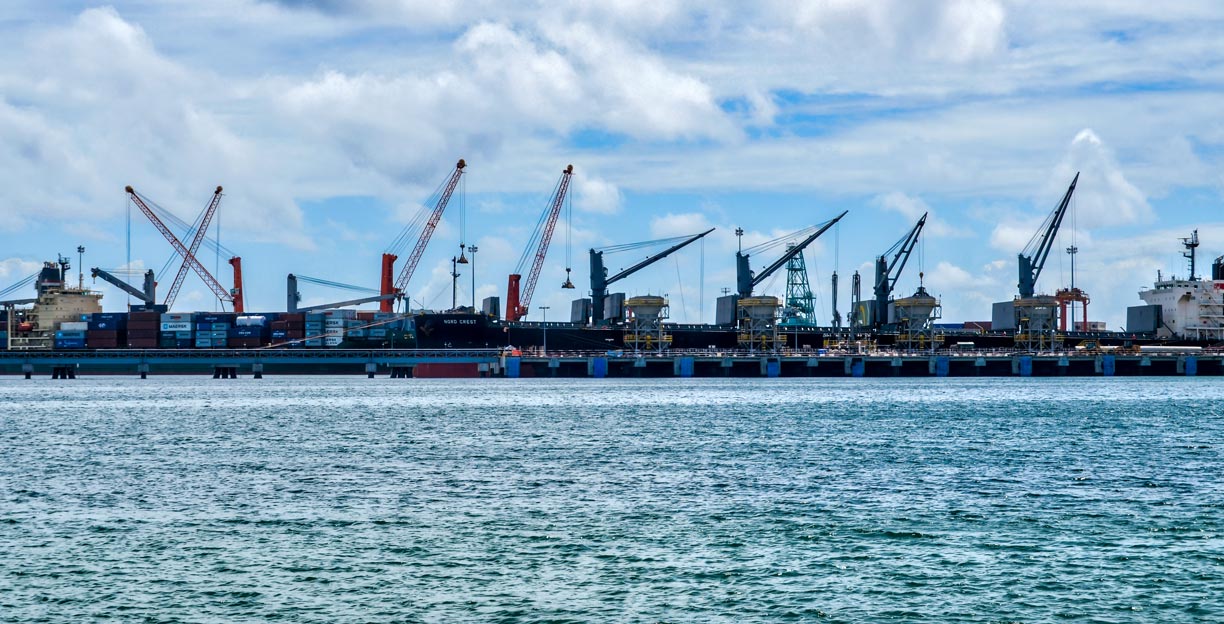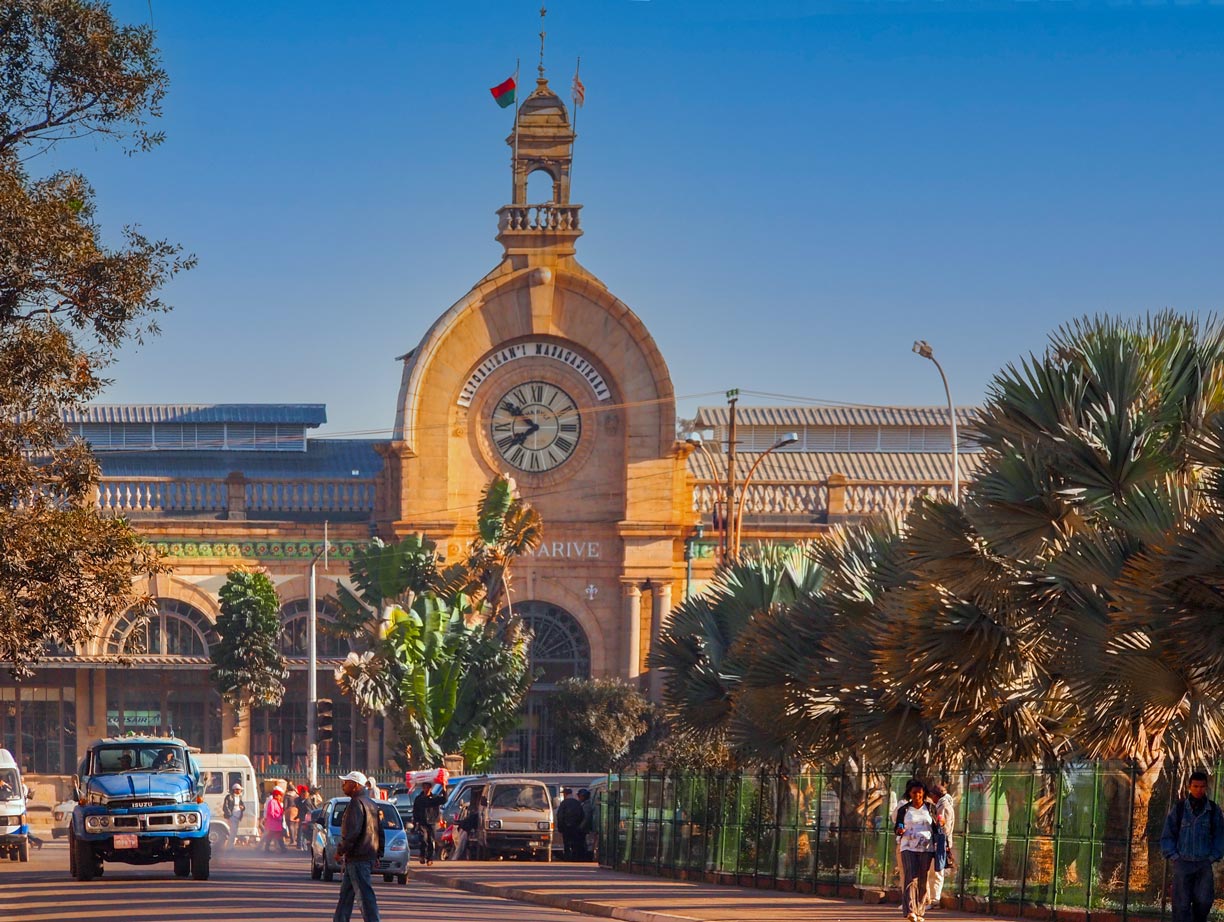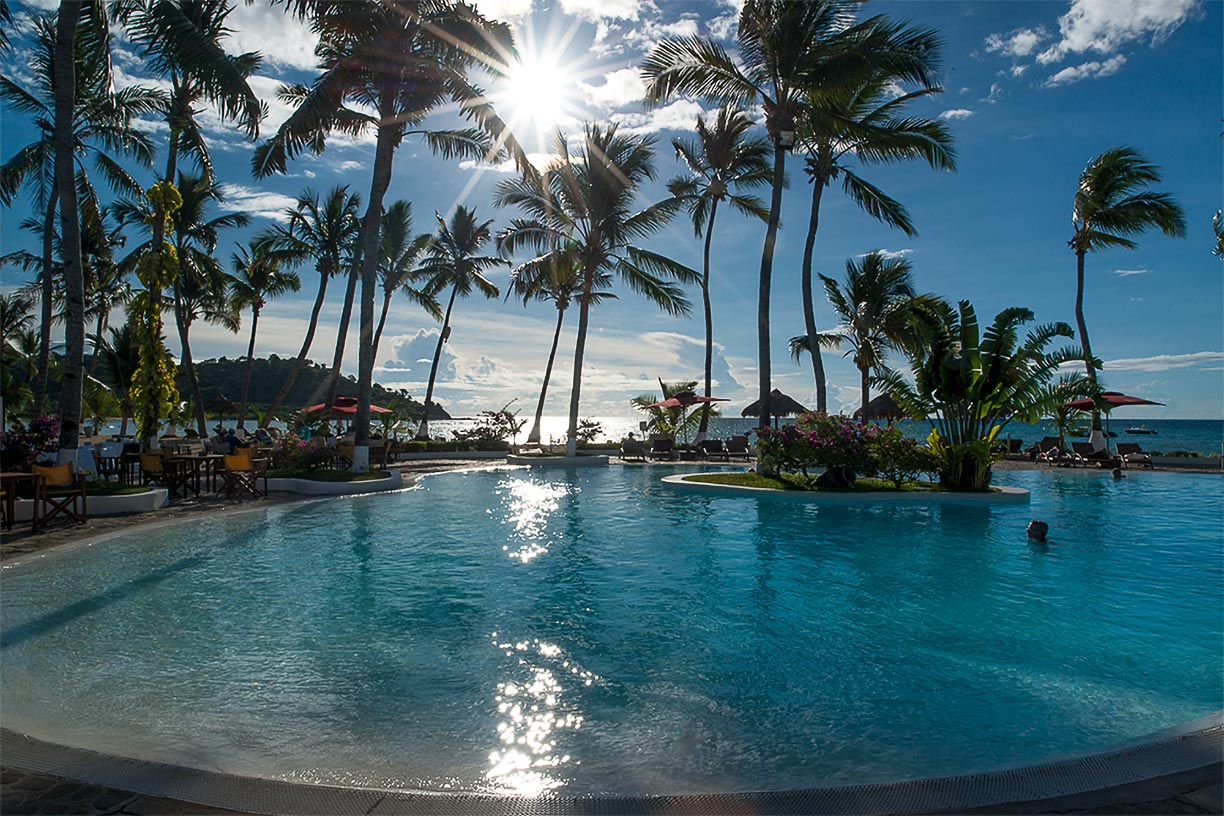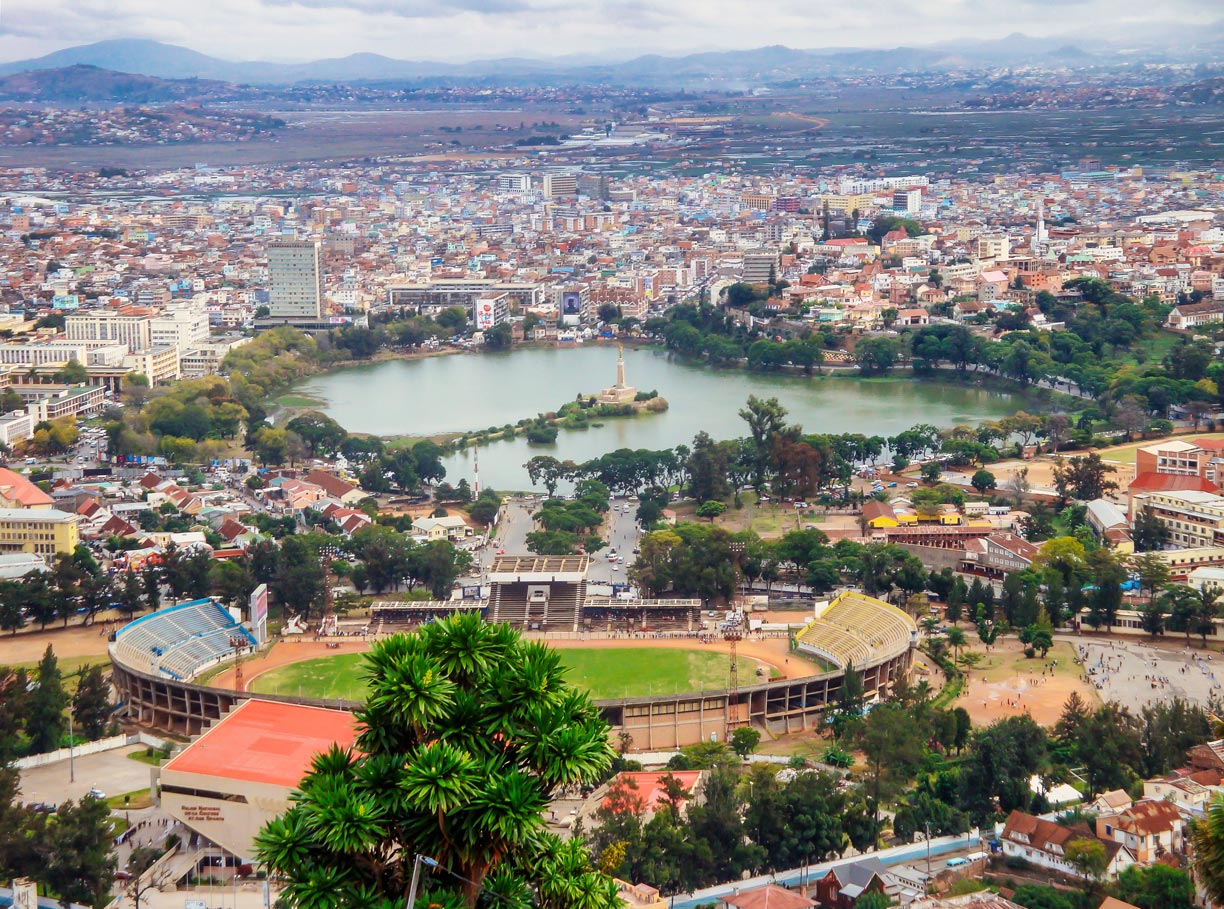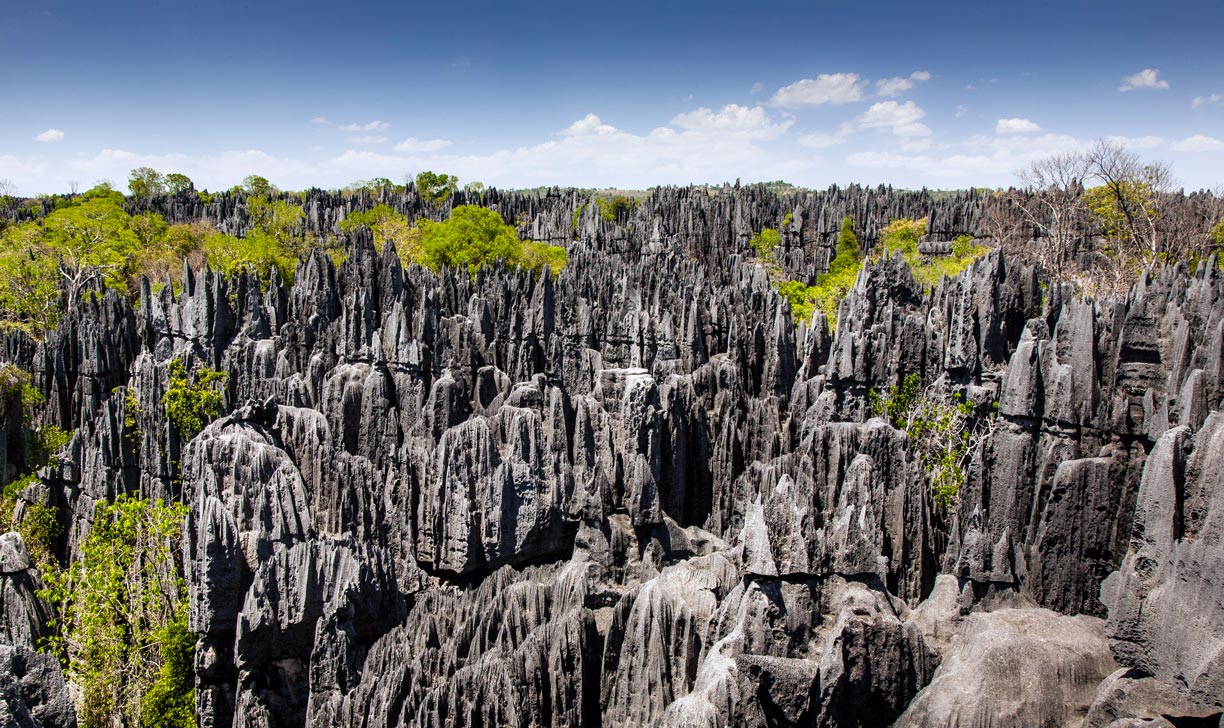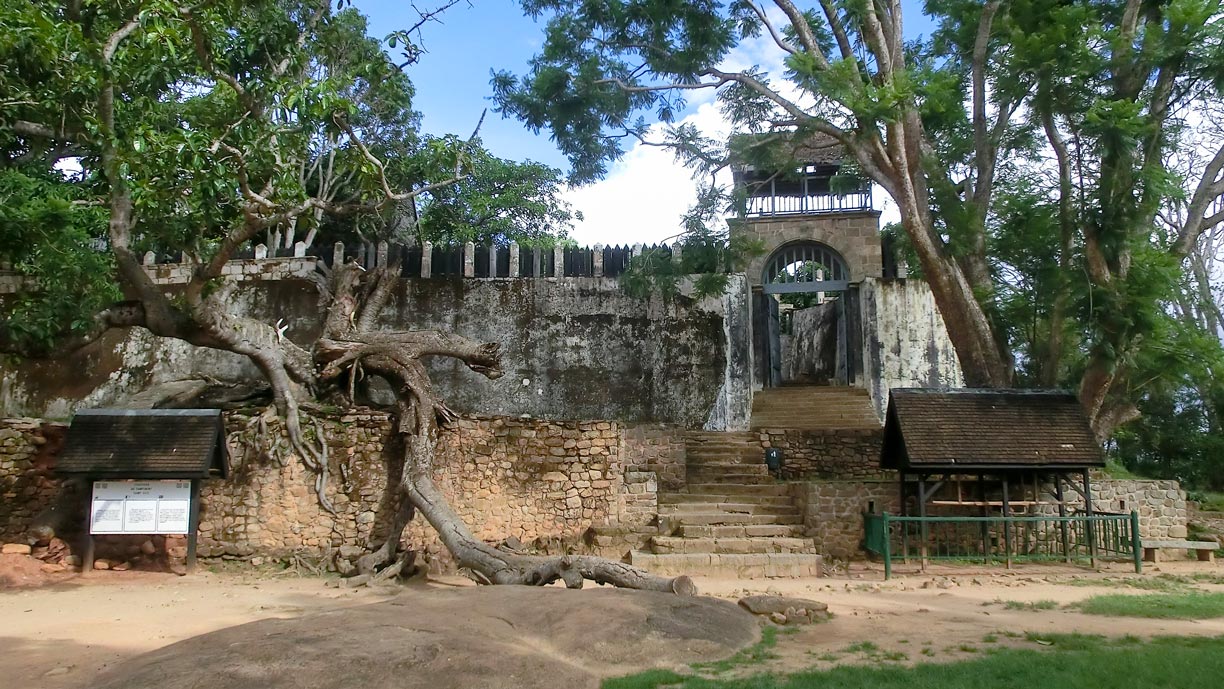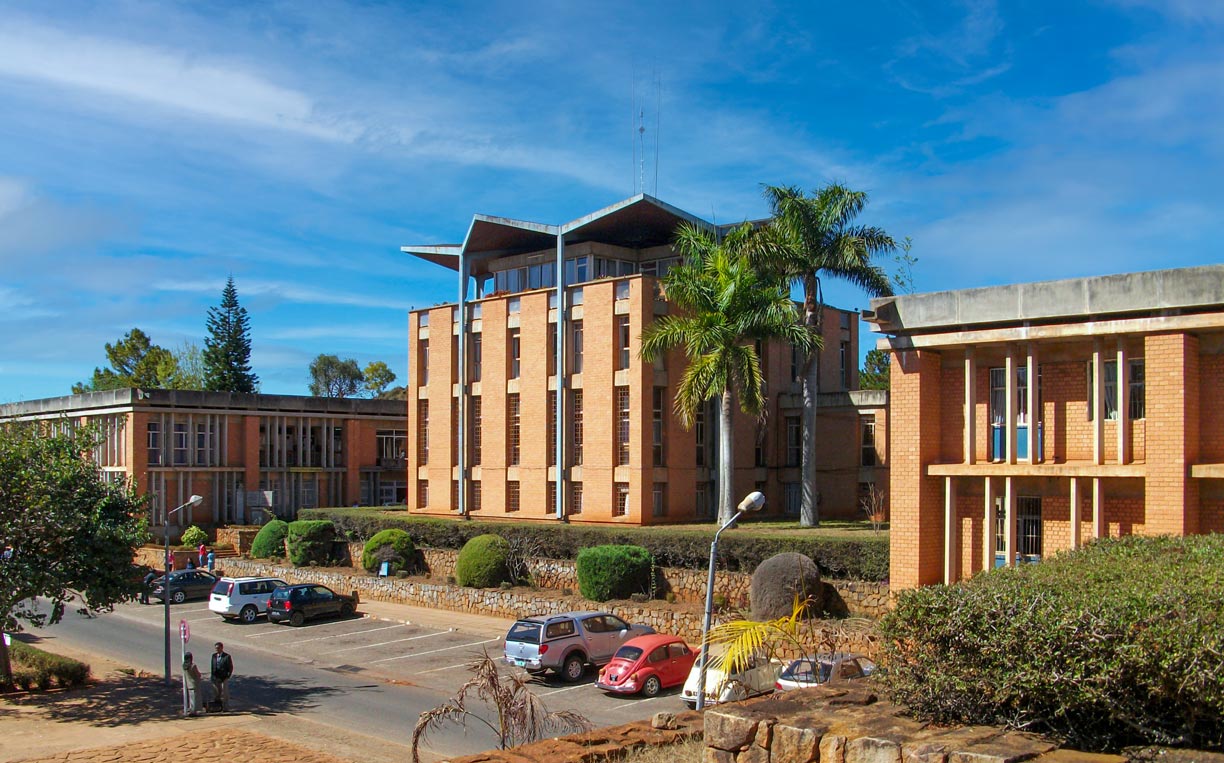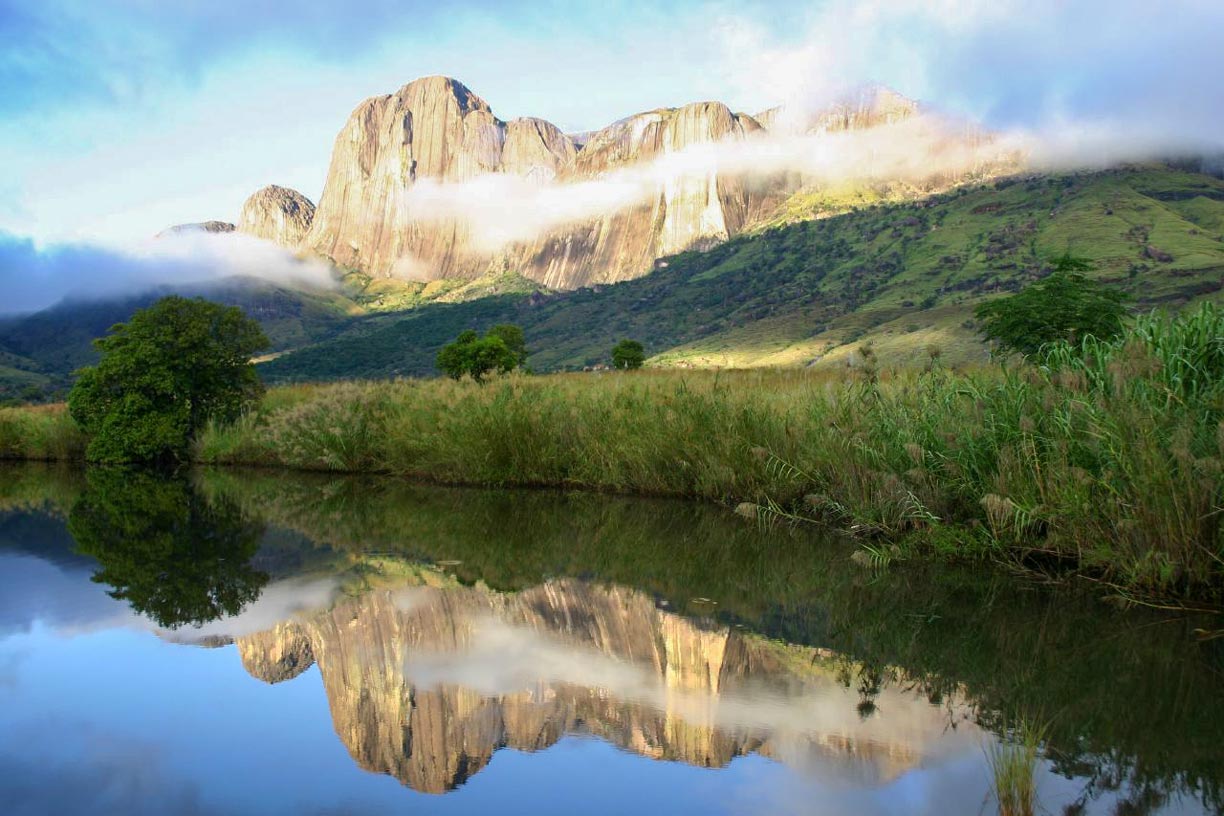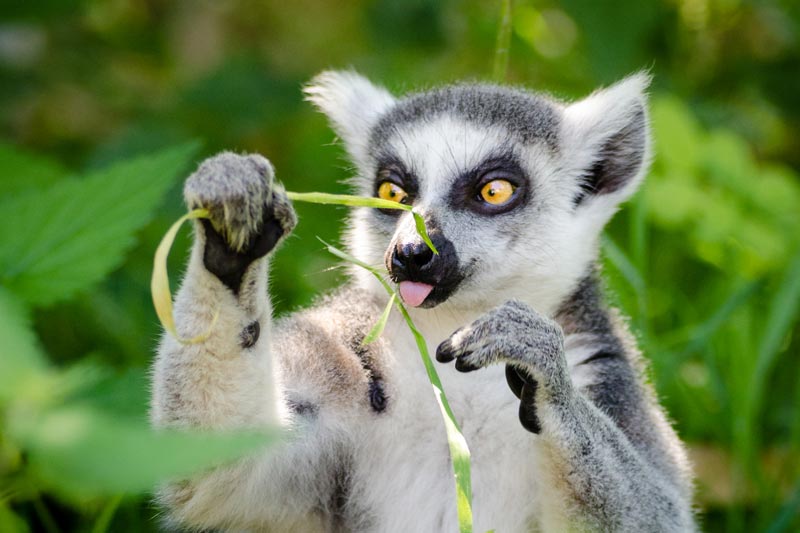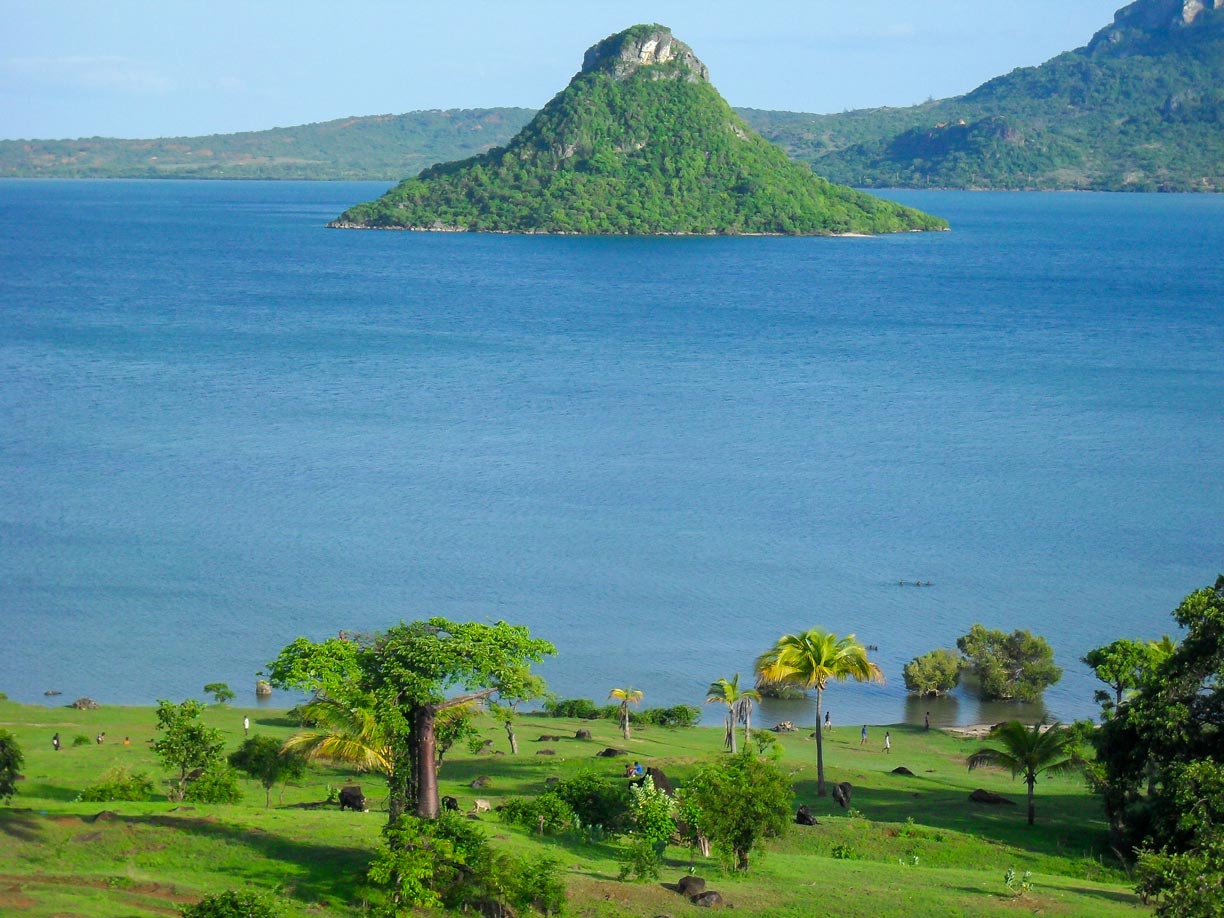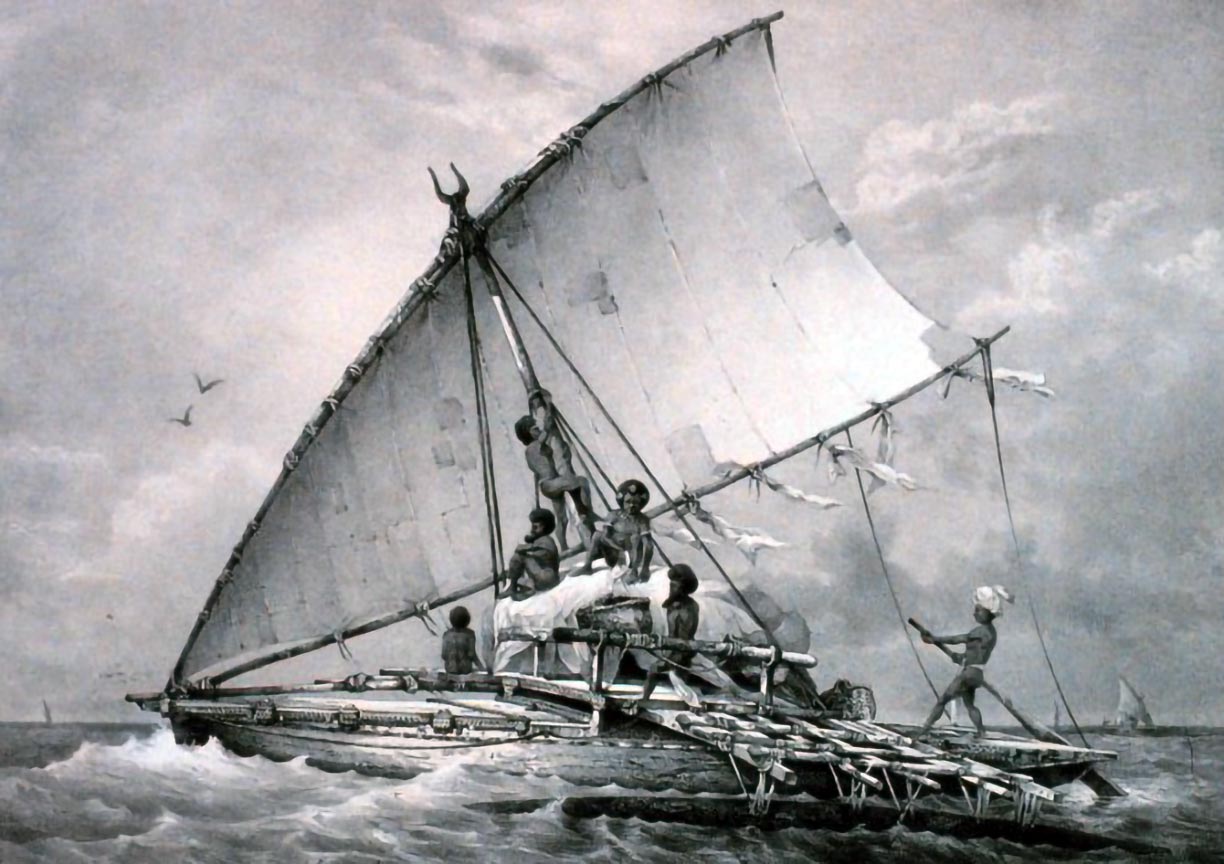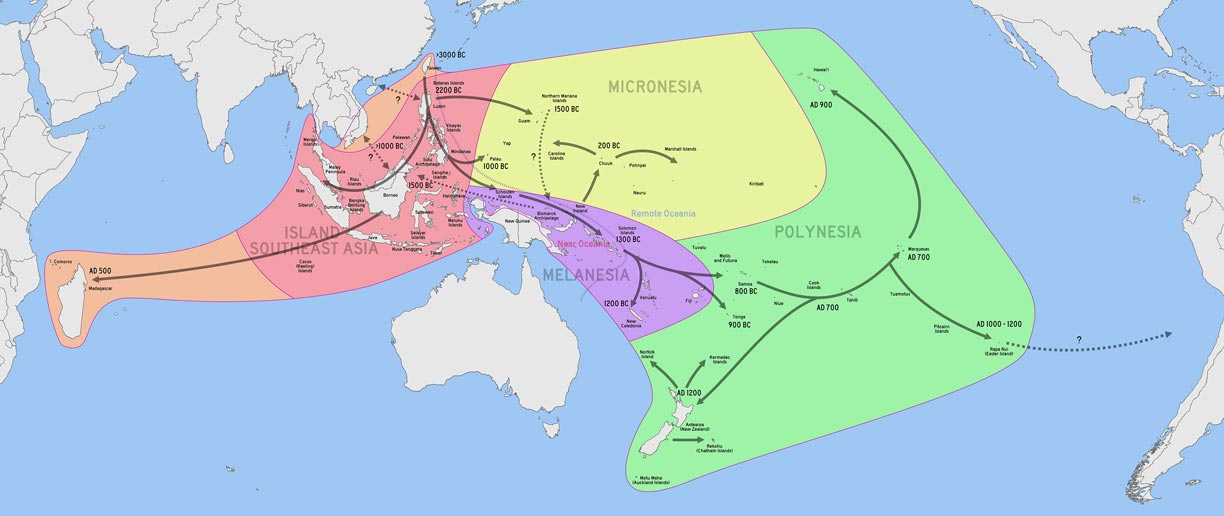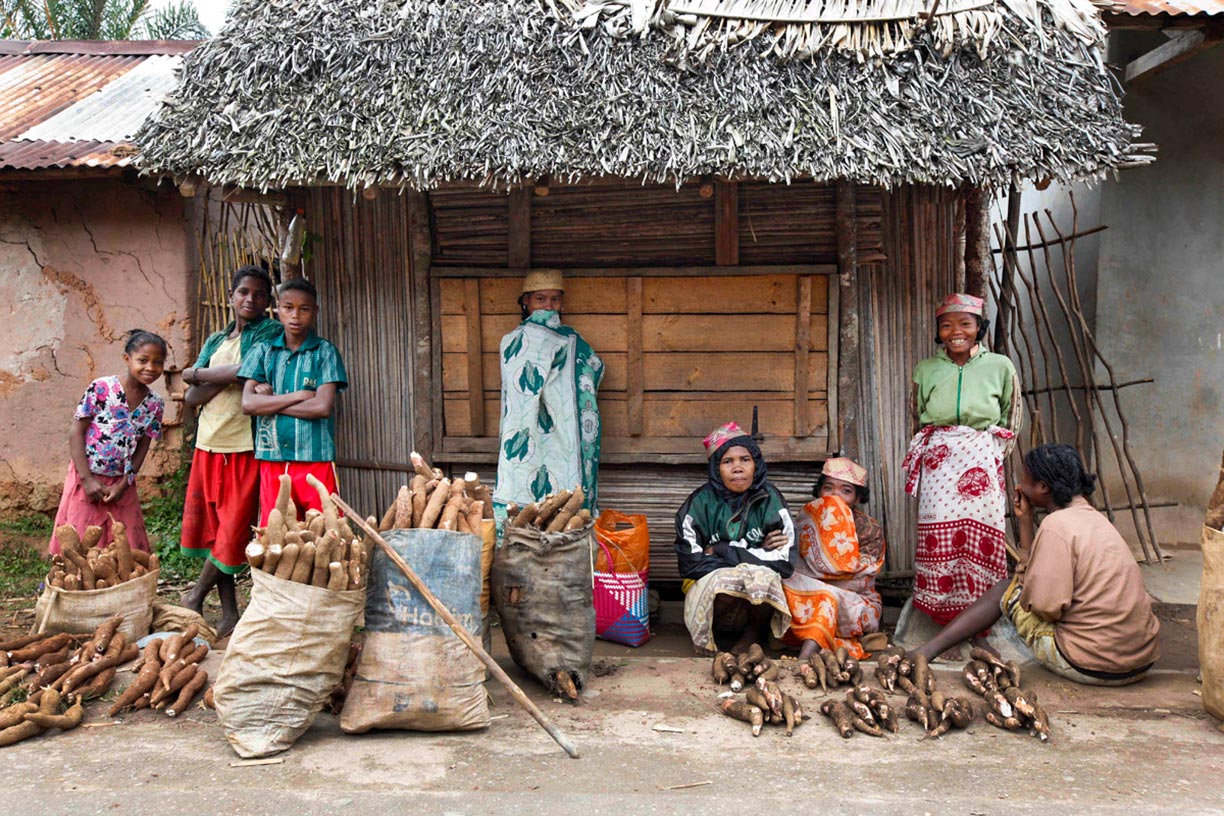Antsirabé (about 500,000), Mahajanga (about 400,000), Toamasina (about
450,000)
Government:
Type: Republic
Independence: 26 June 1960 (from France)
Constitution: 19 August 1992 by national referendum
Transparency: Rank 149 (out of 180 countries); Score 25, on a scale from 100 (very clean) to 0 (highly corrupt). Madagascar is ranked in the Corruption Perceptions Index 2020 between
Lebanon and
Mozambique.
Geography:
Location: Southern Africa, an island in the Indian Ocean, east of Mozambique.
Area: 587,040 km² (226,658 sq mil.) about the size of Texas or France.
Terrain: Mountainous central plateau, coastal plain.
Climate: tropical along coast, temperate inland, arid in south, periodic
cyclones. Dry season from April to October, rainy season from November to March.
People:
Nationality: Malagasy
Population: 28 million (est. 2021)
Ethnic Groups: Ethnic groups: 18 separate tribal groups of mixed Malay-Indonesian (Merina and Betsileo) and mixed African, Malay-Indonesian and Arab descent (Cotiers) - Betsimisaraka, Tsimihety, Antaisaka, Sakalava and people with traces of French, Indian, Creole and Comorian origin.
Religions: Indigenous beliefs 52%, Christian 41%, Muslim 7%.
Languages: Malagasy
(of Malayo-Polynesian origin) and French (both official), English.
Literacy: 75%
Natural resources: Graphite, chromite, coal, bauxite, salt, quartz, tar
sands, semiprecious stones, mica minerals, fish and hydropower.
Agriculture products: Coffee, vanilla, sugarcane, cloves, cocoa, rice,
cassava (tapioca), beans, bananas, peanuts; livestock products.
Industries: Meat processing, soap, breweries, tanneries, sugar, textiles,
glassware, cement, automobile assembly plant, paper, petroleum, tourism.
Exports - commodities: coffee, vanilla, shellfish, sugar, cotton cloth, clothing, chromite and petroleum products.
Exports - partners: United States 19%,
France 18%,
United Arab Emirates 7%,
China 6%,
Japan 6%,
Germany 5%,
India 5% (2019)
Imports - commodities: capital goods, petroleum, consumer goods, food
Imports - partners: China 24%, France 11%, United Arab Emirates 9%, India 7%,
South Africa 5% (2019)
Currency: Ariary and Malagasy Franc (FMG)


